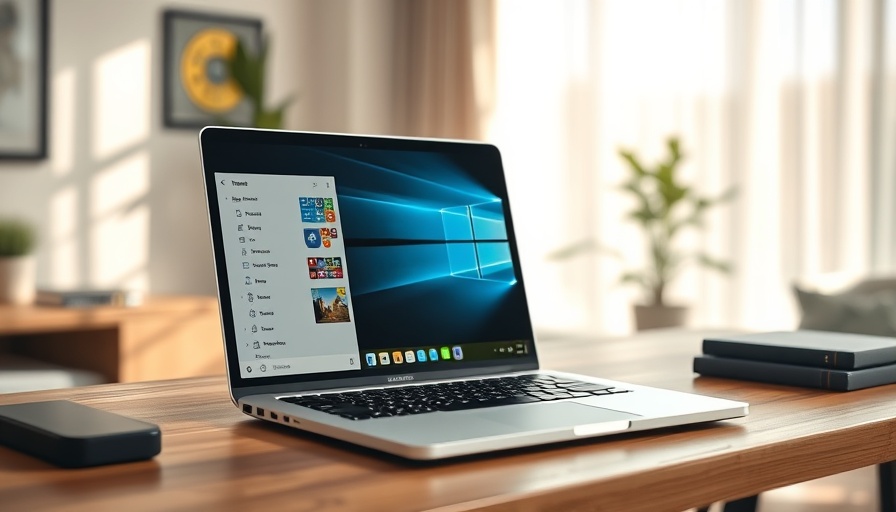
The Rising Threat of Identity Fraud in Our Digital Age
In an age where our lives intertwine with technology, identity fraud has emerged as a sophisticated and substantial threat. The Federal Trade Commission (FTC) recently revealed that American consumers collectively lost more than $12.5 billion to identity fraud in 2024—a staggering 25% increase from the previous year. This trend coincides with the rise of smart and connected homes, where data security is paramount. As we integrate more technology into daily living—from smart locks to personal assistants—it's crucial for homeowners in London and beyond to be vigilant against identity theft.
Understanding the Identity Fraud Ecosystem
Gone are the days when identity thieves operated from basements; they now function like organized corporations with formal roles and strategic plans. Many of these criminal entities are involved in detailed operations reminiscent of legitimate businesses, focusing on tasks like data collection, money laundering, and the development of advanced evasion techniques. As our homes become smarter and more connected, they also become easier targets for these sophisticated crime networks.
How Do Fraudsters Operate?
Criminals involved in identity theft have a clear approach: they choose to steal, buy, or create identities based on the type of data they need and the risk involved. The rise of synthetic identities is particularly concerning, with some fraud rings employing methods like credit-building to legitimize fake identities over time. This means even homeowners who think their data is safe might be at risk, especially those who don’t practice stringent security measures.
The Vulnerable Targets: A Wake-up Call for Homeowners
Interestingly, Americans aged 30 to 39 are more likely to fall victim to identity theft. This highlights a significant vulnerability since many in this age group are homebuyers or young homeowners who may not yet be fully attuned to the landscape of digital threats. As the allure of smart homes grows, so too do the risks associated with them. Understanding who is at risk can encourage proactive measures in securing personal information.
Real-World Examples: The Faces Behind the Crime
Organizations like Lazarus Group and FIN7 showcase the severity of the identity theft problem. Lazarus, reputedly linked to the North Korean government, has attacked notable financial institutions, with one heist resulting in a colossal theft of $1.5 billion from cryptocurrency firms. Meanwhile, FIN7 thrives on selling stolen credit card data on the dark web. These examples serve as a grave reminder of the organized nature of identity fraud and its capacity to inflict significant financial damage.
Countermeasures Every Homeowner Should Consider
As homeowners invest in high-tech solutions to enhance their living spaces, it’s essential to also focus on digital security. Simple steps, like using strong passwords, enabling two-factor authentication, and subscribing to identity theft protection services, can significantly reduce the risk of falling prey to fraudsters. It’s also beneficial to regularly monitor financial statements and online accounts for unusual activity.
Conclusion: Taking Charge of Your Digital Safety
As we embrace the conveniences of modern living through smart and connected homes, the understanding of identity fraud becomes indispensable. Staying informed and implementing security measures can help safeguard personal information and protect against fraud. Don’t let your home’s technology become a vulnerability; take action now to enhance your digital safety.
 Add Row
Add Row  Add
Add 




Write A Comment